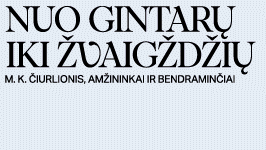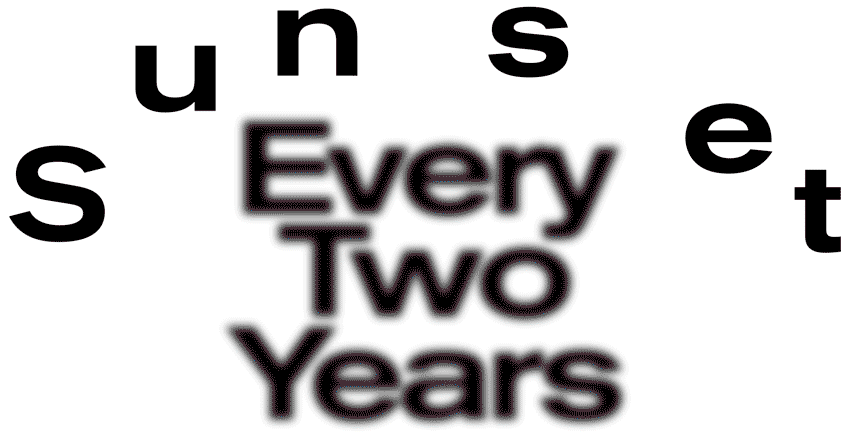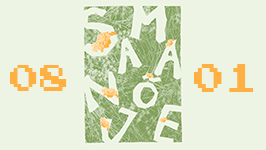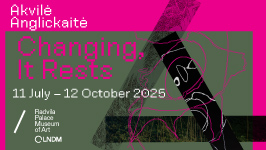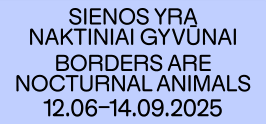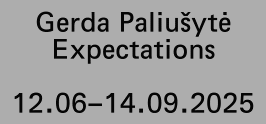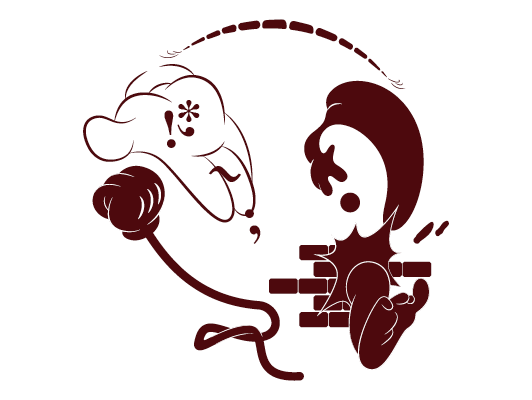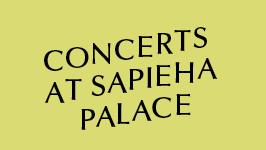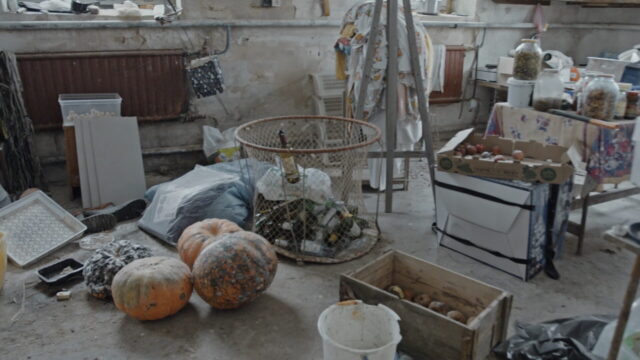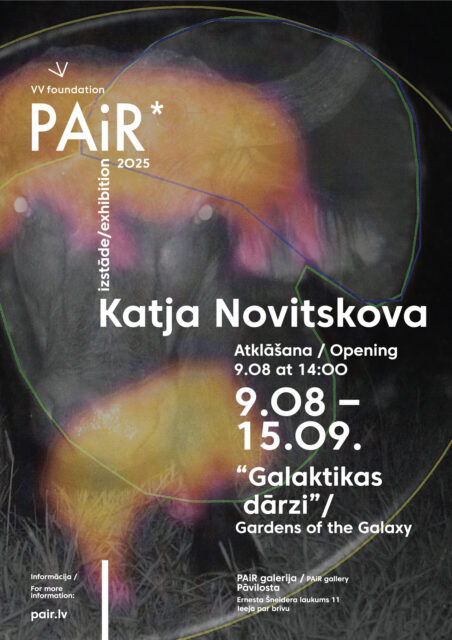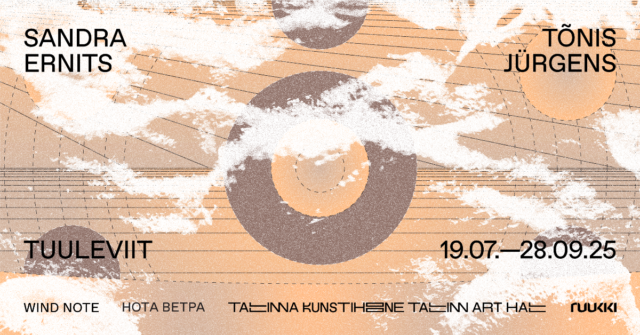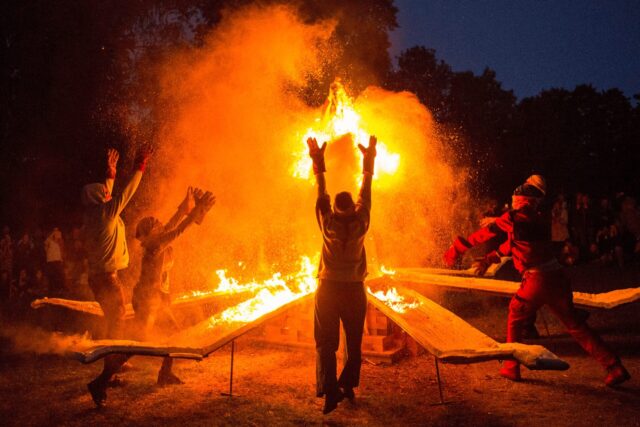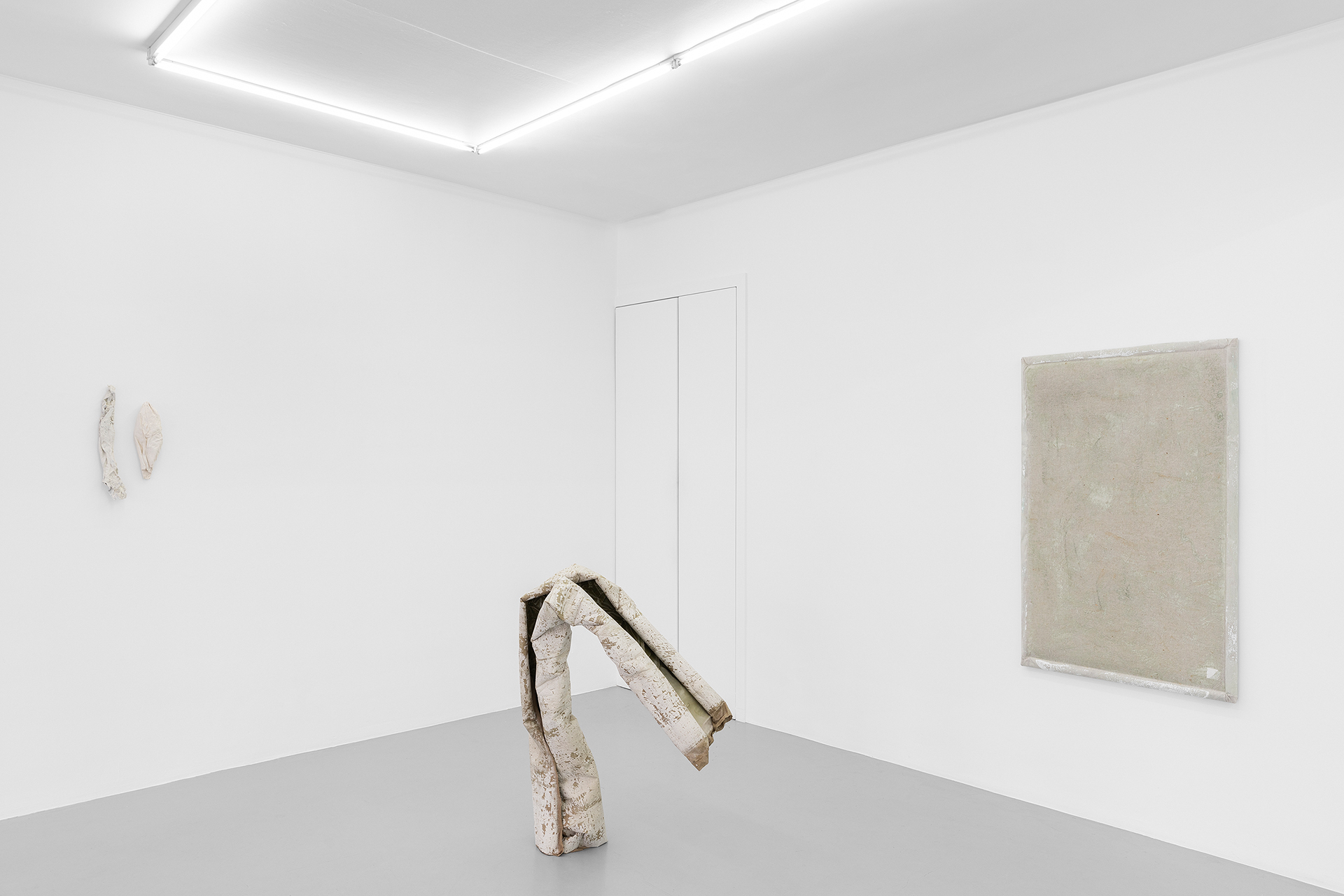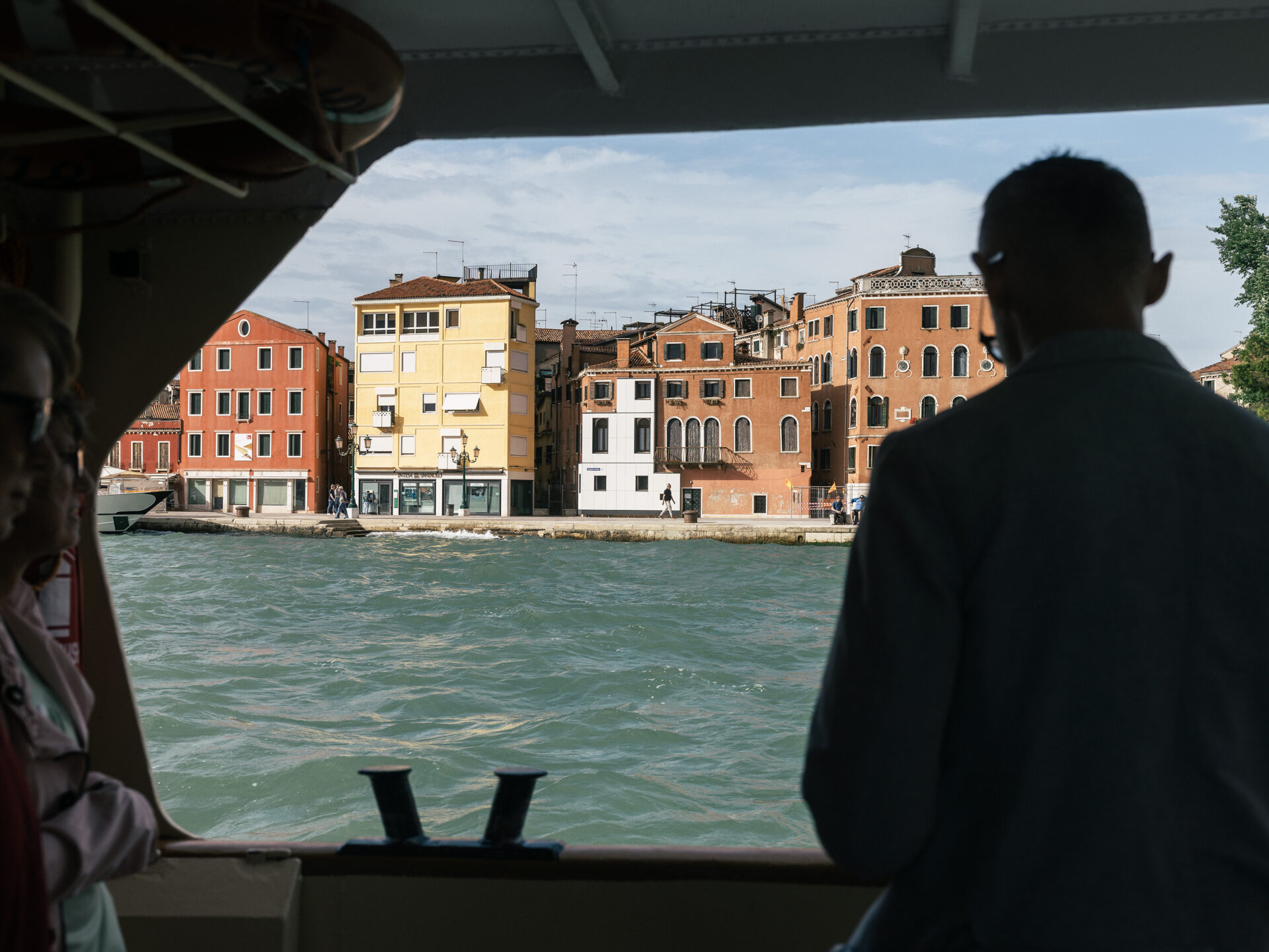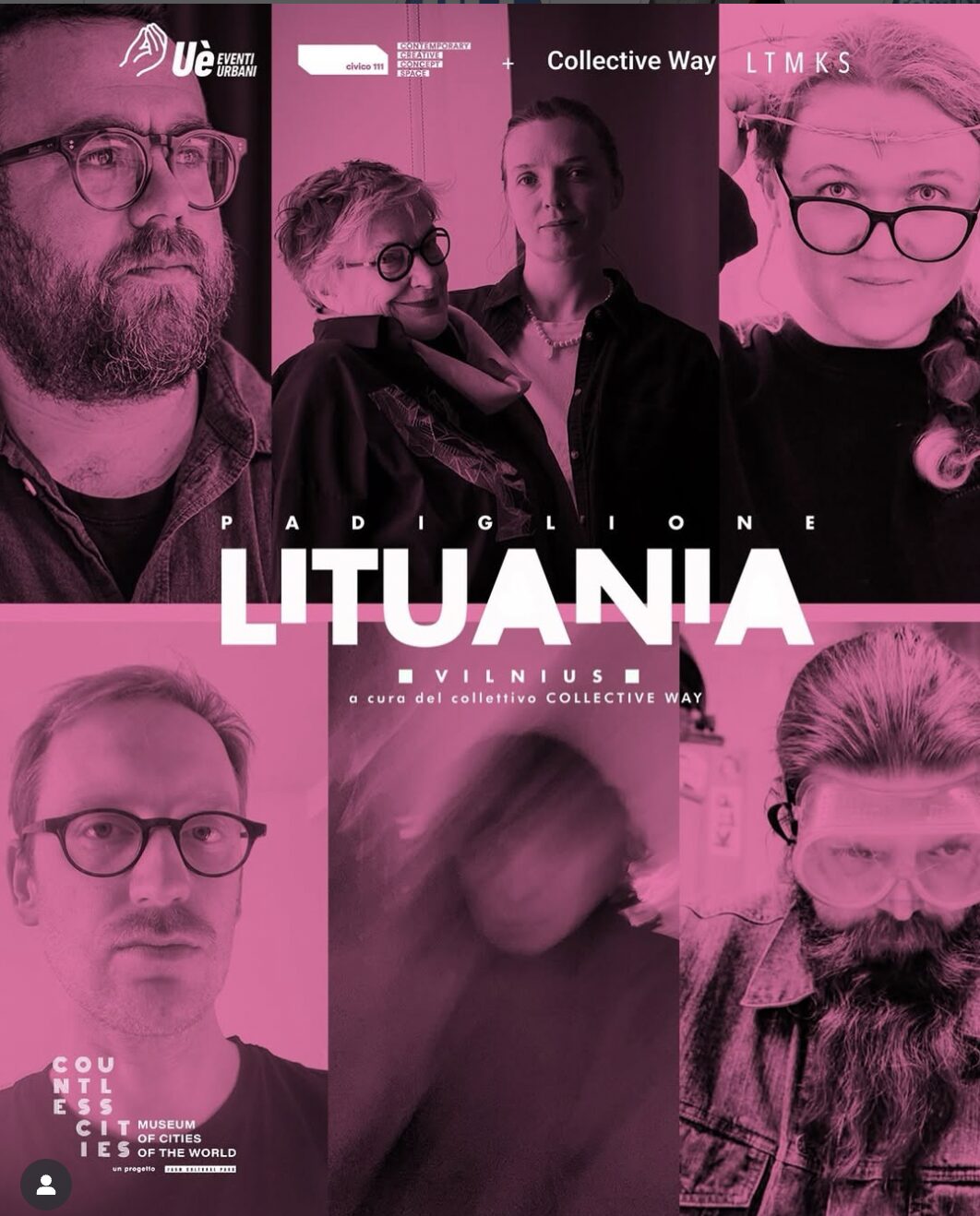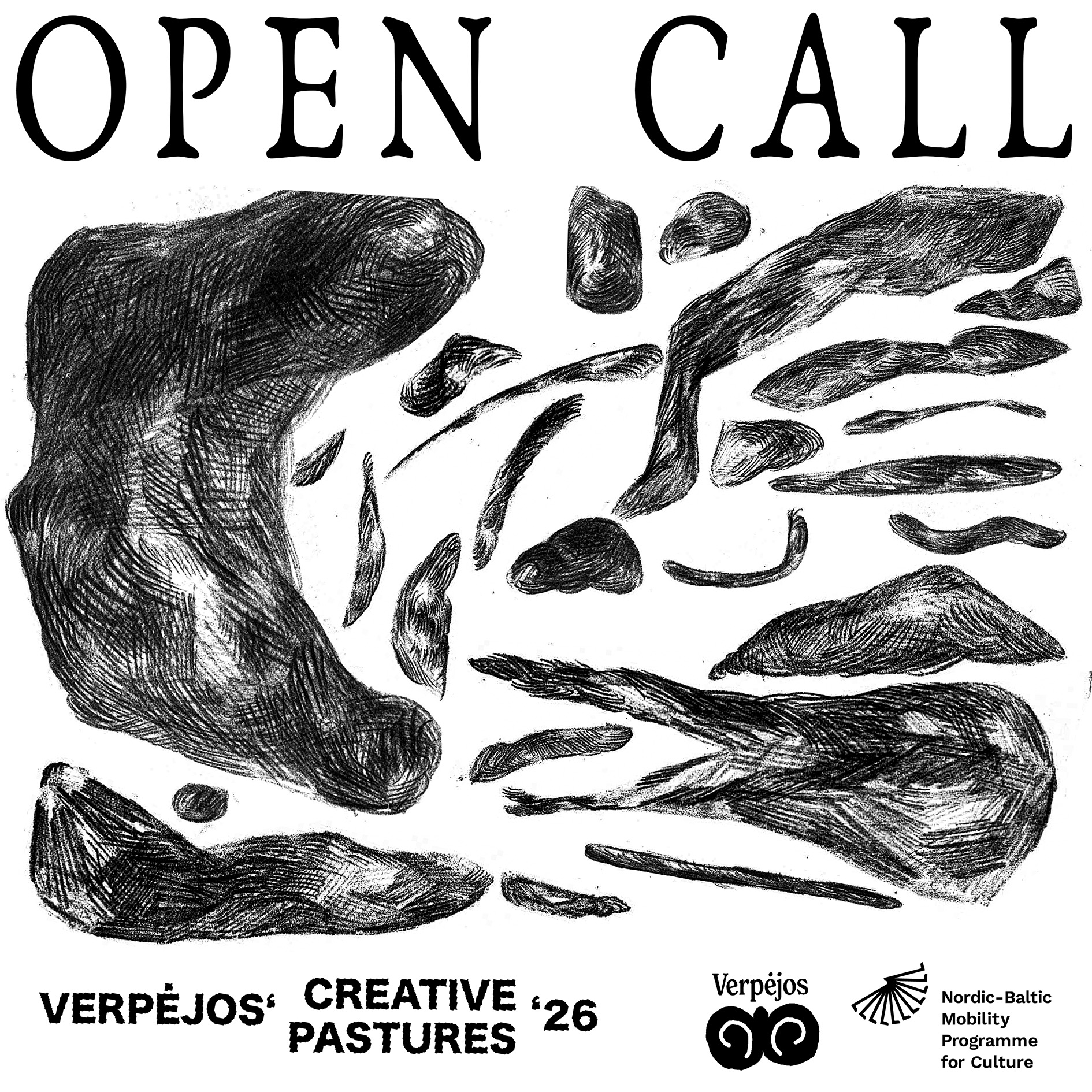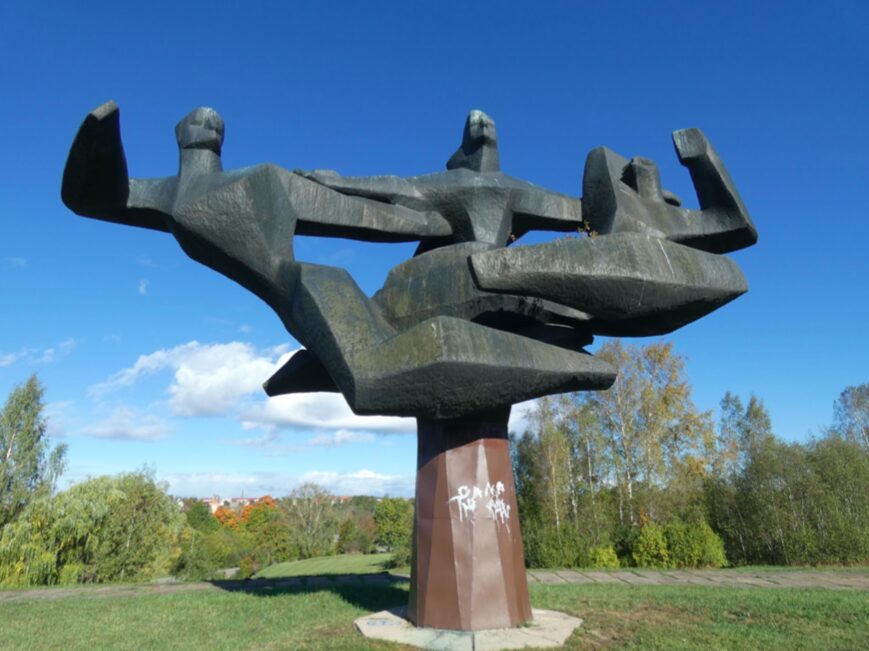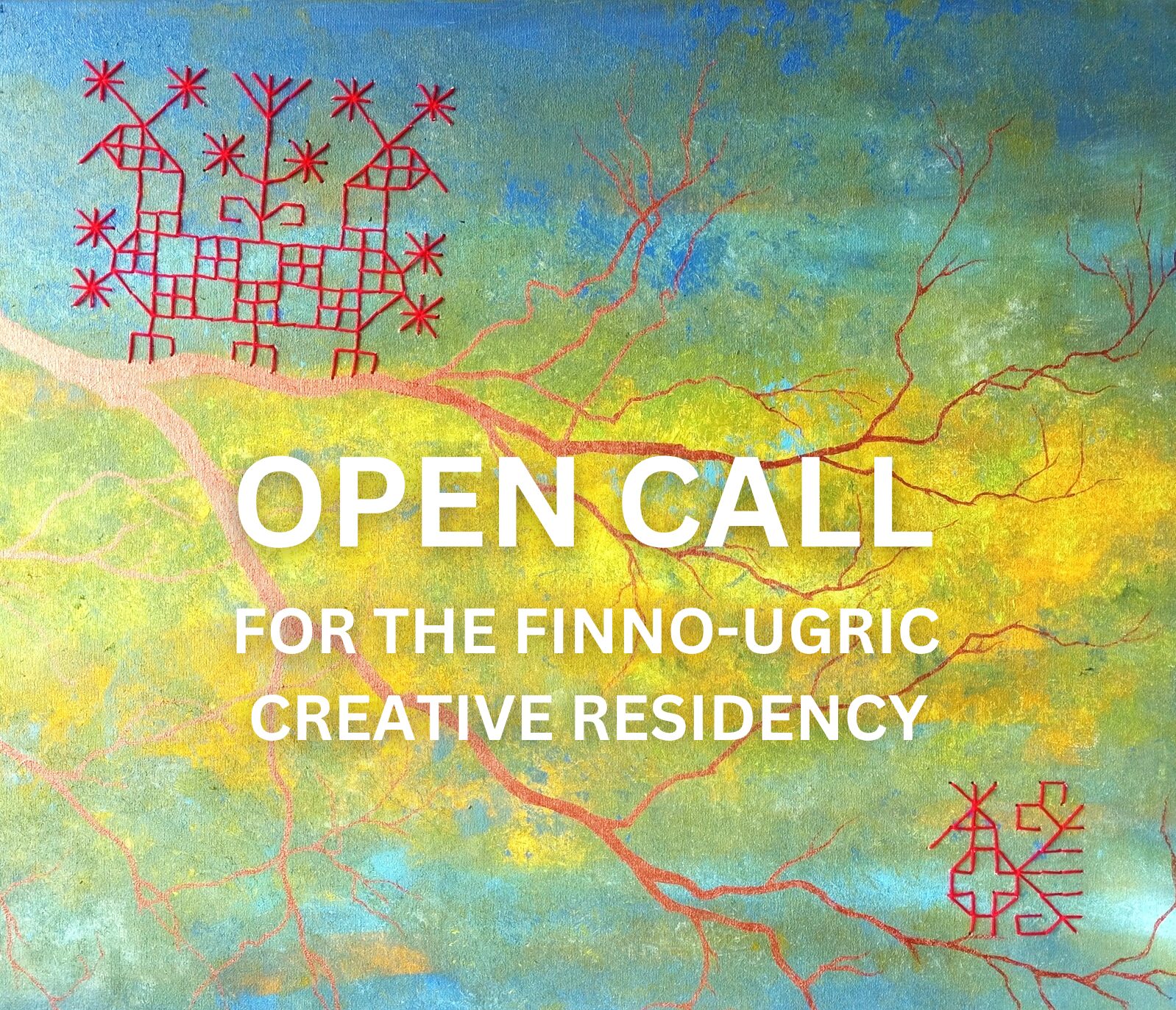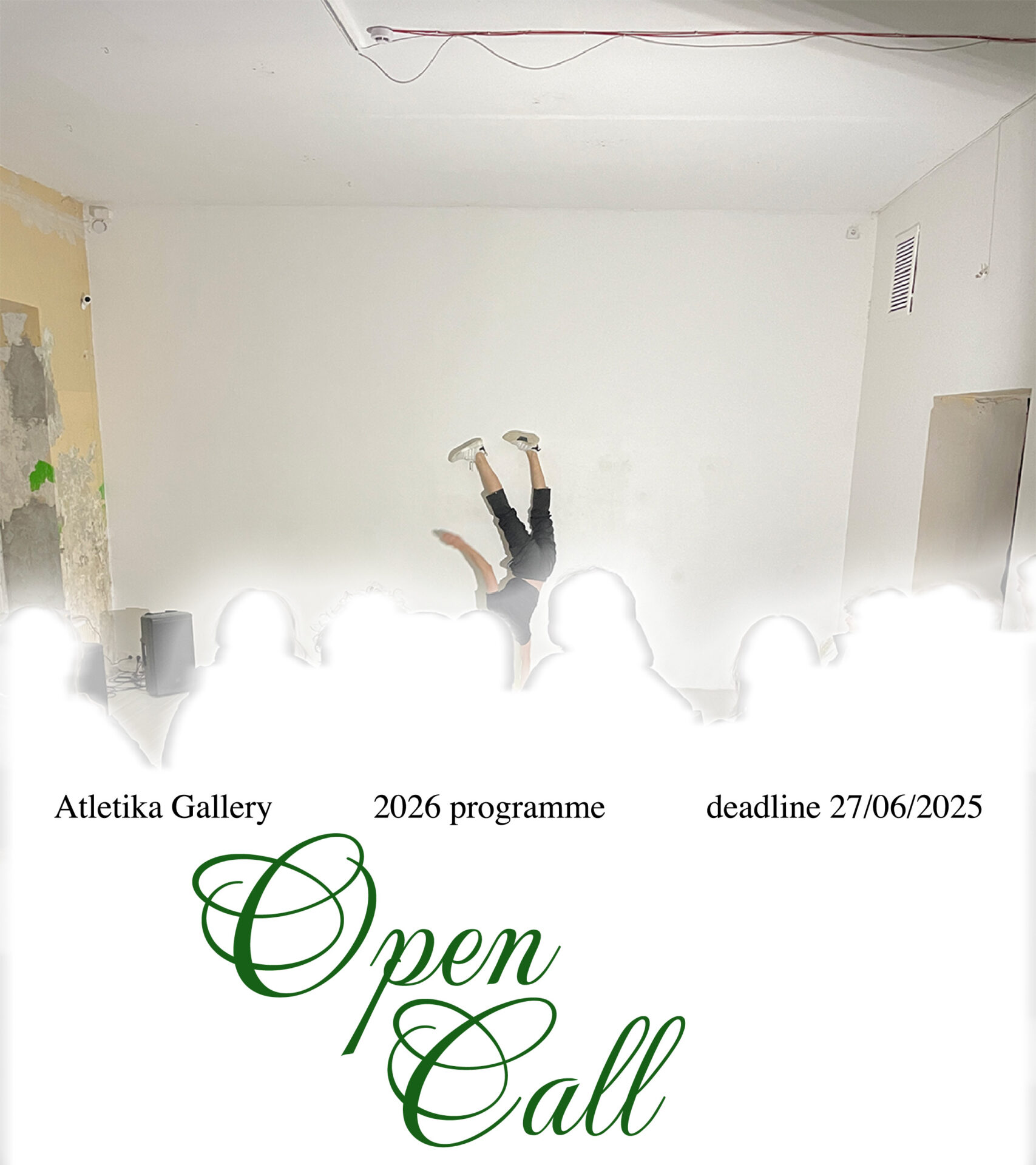 “Peace, friendship, festival, bubble gum”
“Peace, friendship, festival, bubble gum”
Late Soviet street folklore
The gradual crackling of the Iron Wall which began in the 1980s brought refreshing gusts of the westerly wind not only to adults. The growing thirst for superior ideals and freedom of speech was accompanied by an inexorable hunger for material novelties and commodities. It was not consumerism in today’s sense, when we are spoiled by both the excessive supply and the possibility to buy almost anything our eyes and heart desire. Back then we, the Soviet Generation X, were hungry indeed. It was a time when we would take turns chewing the same piece of bubble gum with our classmate, biting into the red wrap of basically the only available option, the Lithuanian-made Paršiukas Čiukas (Chook the Piggy) gum, to tint it red, while the Estonian Kalev gum was extremely hard to come by. Then the corroded Iron Wall began to erode rapidly, and real Western wonders entered the world of deficit. Among the first arrivals were the Donald Bubble Gum, valued for not only their main, pre-coloured chewable content but also the inlays with adventure comic strips. We were ready to sacrifice for these wonders as much as the Native Americans or the Aborigines had been willing to exchange the last pelt for European glass beads and add a bonus gold nugget to that. In other words, giving away all the money our parents gave us for the summer holidays for a carton of Donald Bubble Gum was seen as a fair deal. Just as the dollar assumed a very important role among the adults, bubble gum inlays did the same in the parallel children’s world. It was not a vain childish whim, as these pieces of paper were not less valuable than the adults’ paper bills. It was the children’s hard currency which could be traded, exchanged for other commodities, gambled away, and, most importantly, used to buy status, peers’ respect, friendship and popularity.
The other Donald, who seems set to surpass Donald Duck and his fellows in popularity and influence, brings out these real childhood memories, which may look like cartoons to those who were born in the post-Soviet years or have never lived this side of the Iron Wall. The two Donalds have some traits in common. Both of them attract the masses, generate huge income, and are excellent at blowing bubbles. Yet there is also a fundamental difference – while Donald Duck has made walls fall, the other Donald is busy building them.
Text by Tomas Kriaunevičius
Trivium
Vilkpėdės 7-105, Vilnius, Lithuania

